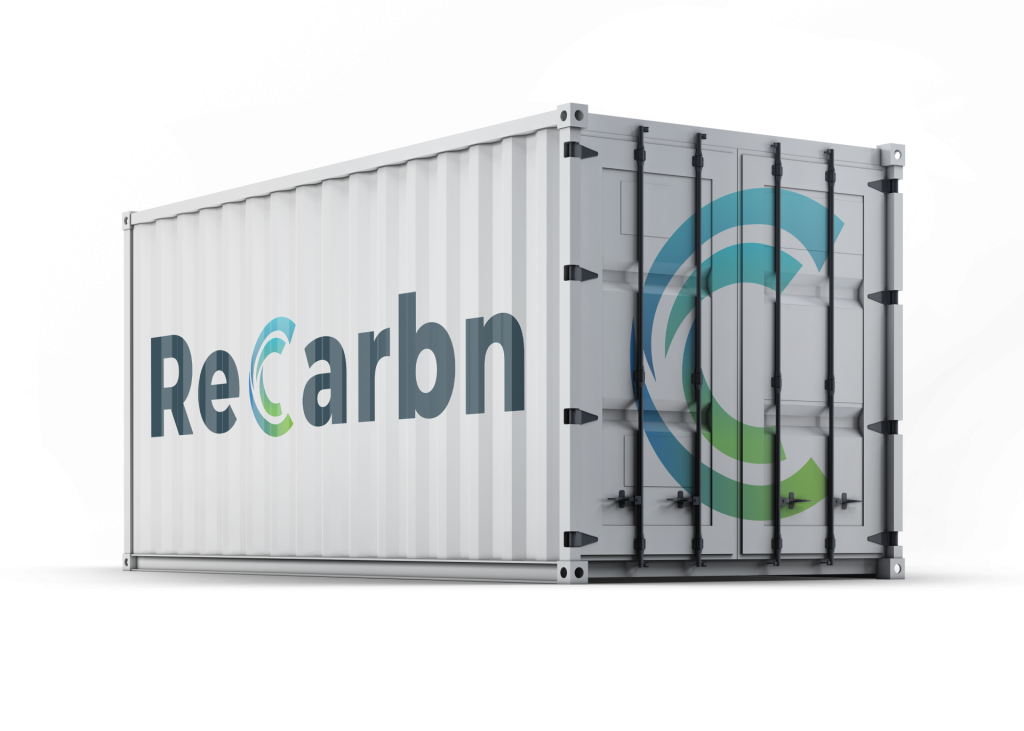
Direct Air Capture (DAC) is a key technology that can help us achieve our net-zero emission goals and limit global warming to 1.5 degrees Celsius. According to the IPCC, up to 310 billion tons of CO₂ will need to be removed from the atmosphere just by using DAC between now and the end of this century. While reducing greenhouse gas emissions is critical, it’s not enough to reach net-zero emissions. We also need to remove the excess carbon dioxide from the atmosphere, and that’s where direct air capture and storage comes in.
Direct Air Capture technology is an innovative approach to removing carbon dioxide from the atmosphere. This process involves sucking in air from the atmosphere and subsequently capturing the CO₂ from the air using a chemical process. Once the air has been filtered and the CO₂ has been successfully captured, the air with lower CO₂ concentrations (CO₂-lean) is released back into the atmosphere, while the CO₂ (high purity CO₂) is captured within the machine in gas form.
While the CO₂-lean air is released back into the atmosphere, the extracted carbon dioxide has two main purposes: It can be stored permanently or utilized in other industries to create a circular carbon economy.
In this scenario, the captured carbon is permanently stored away for at least 1,000 years. This process is officially called Direct Air Carbon Capture and Storage (DACCS). The captured CO₂ is then transported to the storage location. The most common methods for storing carbon dioxide are geological storage (underground in depleted oil and gas fields) or mineralization (a process that turns CO₂ into stone).
When the carbon dioxide is not stored but utilized in other industries, this is called Carbon Capture and Utilization (CCU). In this case, the carbon dioxide is transformed into other goods or can be used directly in gas form. This process forms a good base to create a circular carbon economy as the carbon dioxide is not created by burning fossil fuels but extracted from the air directly. Some industries that can utilize the CO₂ are:
Click here for more information about the use of CO₂.
Subscribe to our newsletter!